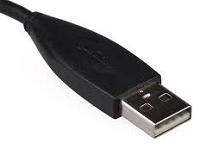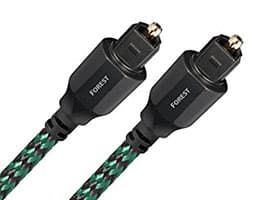 A connector is something that connects : that is, it allows a connection to be established (a union, a link, a communication). The concept has several meanings depending on the context.
A connector is something that connects : that is, it allows a connection to be established (a union, a link, a communication). The concept has several meanings depending on the context.
The device that joins different electrical circuits is called a connector. There are a large number of electrical connectors , each with its characteristics and particularities. At a general level it can be said that most connectors consist of a base (the female part) and a plug (the male part).
There are connectors that establish a temporary connection , while others allow the development of a permanent connection . While some connect easily, there are also connectors that require tools to achieve assembly.
The RCA connector , for example, is a type of connector that allows the connection between a television and a DVD player. It is the typical cable that has a red connector, a white connector and a yellow connector: the first two allow you to connect the stereo sound and the yellow one, the video signal.
The USB connector , for its part, is usually associated with that used to connect a camera, a cell phone (mobile) and other equipment to a computer (computer), although since the creation of the Universal Serial Bus , in 1996 , various connectors have been launched that respond to this communication specification, each one with new possible uses.
A few decades later, the USB connection standard continues to be very useful in all technological fields thanks to its great versatility : it not only offers us the possibility of communicating computers and peripherals, one of its basic functions during its first years on the market. , but also allows the charging of batteries of mobile devices (such as phones, tablets and portable consoles) and the transmission of audio and video data in high definition.
In this context, it is important to distinguish between standards (such as USB itself) and connectors. For the same standard there can be many connectors and, although this does not usually happen, the opposite could also happen (although this would generate great confusion in the market). Broadly speaking, we can list the USB type A, B, C, mini and micro connectors; There are differences between them both on a physical level and in capacity , such as the shape and amount of electricity they are capable of transmitting.
 It should be noted that even plugs whose pins are inserted into a socket to allow the passage of electric current are connectors.
It should be noted that even plugs whose pins are inserted into a socket to allow the passage of electric current are connectors.
In the field of linguistics , on the other hand, a connector is a unit that relates fragments of a text, sentences or syntactic groups in a semantic and logical manner. An example of a linguistic connector is but : “I would like to stay with you but I have to go,” “Those pants are very expensive but I'm going to buy them anyway.”
It is also known as a discursive or textual connector, and its existence is essential for our communication, since it allows us to amalgamate ideas and make messages clearer. It is important not to confuse this concept with that of grammatical link , a particle, morpheme or word that has the function of joining two sentences, phrases or words together, in a solely grammatical way.
Among the disjunctive connectors , expressions that serve to separate ideas within a text, we find "whether" and "whether." Causals , for their part, allow a reason or cause to be introduced for a given effect; the most used are "for this reason, therefore, therefore, therefore, it is for this reason that" and "since." Other of the most relevant are the locatives , thanks to which we can indicate a place of reference: "there, here, above, next to" and "below" are just some exponents.
